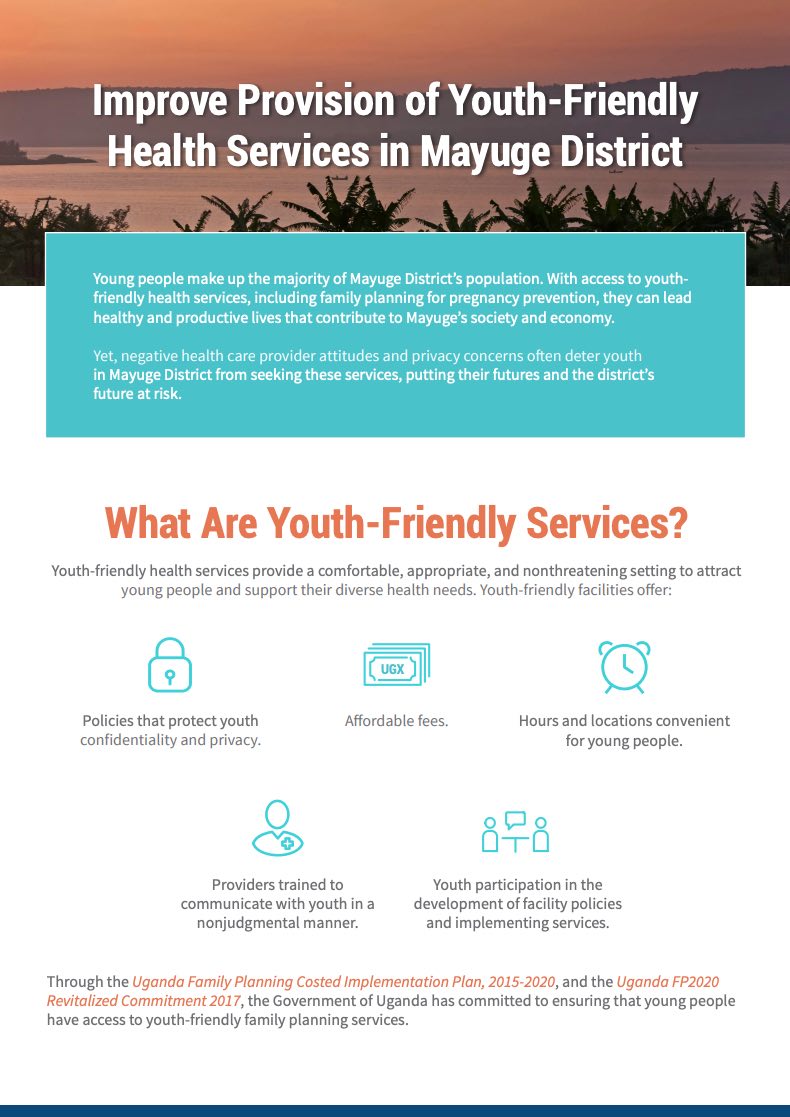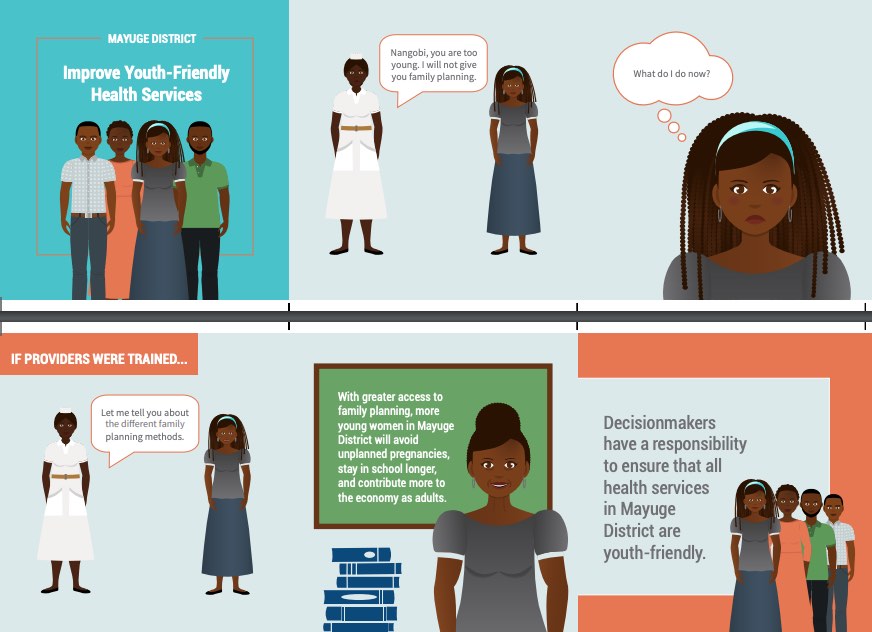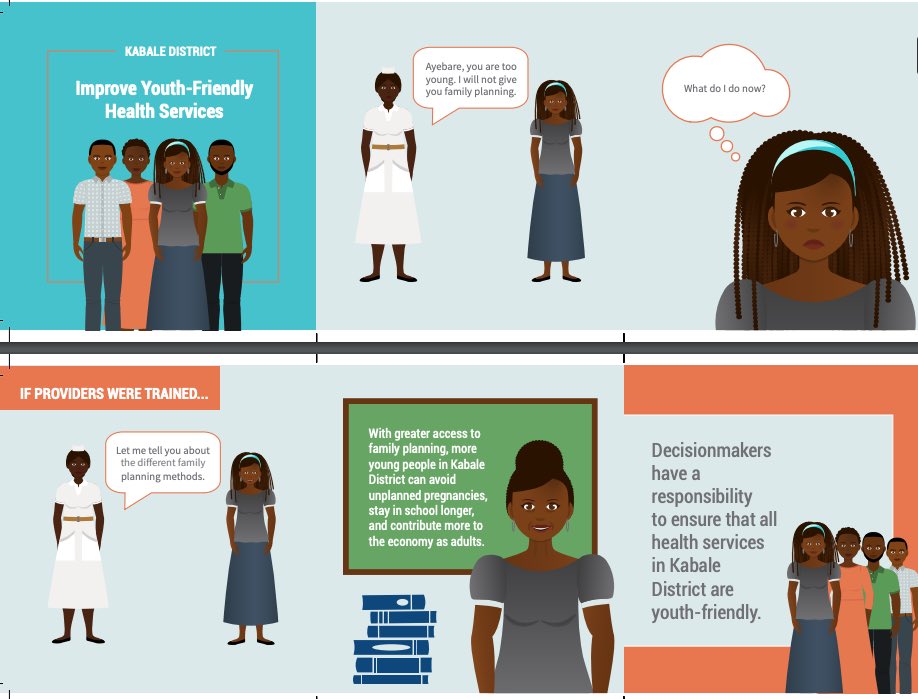China’s Concern Over Population Aging and Health
(2006) As late as 25 years ago, China was concerned it had too many children to support.
(2006) As late as 25 years ago, China was concerned it had too many children to support.

Project: Empowering Evidence-Driven Advocacy
Young people make up the majority of Mayuge District’s population. With access to youth-friendly health services, including family planning for pregnancy prevention, they can lead healthy and productive lives that contribute to Mayuge’s society and economy.
(2010) Marriage improves health indicators and decreases the risk of certain diseases, according to a report in the Harvard Men's Health Watch based on a survey of 127,545 American adults.1 On the other hand, marital stress, divorce, and the death of a spouse have the opposite effect, particularly on men.

The pace of U.S. population growth is slowing, according to the Census Bureau’s 2018 estimates and 2020 projections, which provide a preview of 2020 Census results.

Project: Empowering Evidence-Driven Advocacy
The palm cards highlight barriers that youth face in accessing family planning services and information that meet their unique needs.

Project: Center for Public Information on Population Research (CPIPR)
To better design and target anti-smoking efforts, researchers are examining stress, genes linked to nicotine addiction, and neighborhood/family characteristics to identify who smokes today and why.
(2003) Hena is four months pregnant and her expression tells it all: Her eyes are dull and her face is pale as she waits to be examined by the doctors at Calcutta Rescue, a nongovernmental organization that works with poor people.
(2010) Quasiment 215 millions de femmes vivant dans des pays en voie de développement souhaiteraient éviter une grossesse mais n’utilisent pas de moyen de contraception efficace.

Project: Empowering Evidence-Driven Advocacy
The palm cards highlight barriers that youth face in accessing family planning services and information that meet their unique needs.